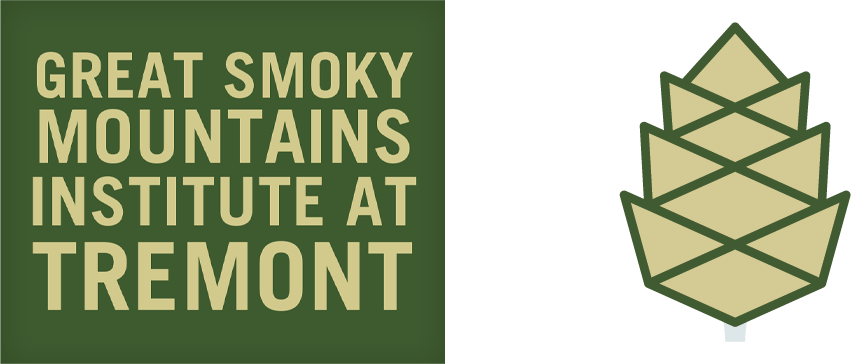This was originally published as part of an email update. Subscribe to receive campus updates in your inbox.
Greetings friends,
Yesterday, I had the pleasure of visiting our second campus property with the Resource Education leadership at Great Smoky Mountains National Park. It was an excellent opportunity to discuss how our programs work in concert to provide outdoor education that builds stewardship and connects people to our beloved Smokies and, more broadly, to nature. The day was warm and sunny, in notable contrast to the winds and rains earlier this week, which caused downed trees and widespread damage across our Walker Valley campus.
As we hiked across the meadow, we noticed new growth emerging from the ground, creating a vast green carpet across the rolling hills. This color was also in notable contrast to my last visit to the property when the land was charred and black due to the recent prescribed burn. On that visit, I was joined by a group of graduate students and faculty from the University of Tennessee’s School of Landscape Architecture. As part of a new partnership between Tremont, UT, and Equinox Environmental, this program is helping us achieve our goal of using the land and its ecosystems as an educational tool. More specifically, the program is designed to give graduate students real-world experience designing landscape projects and to help us gain new perspectives and creative solutions that incorporate ecological connections across the campus. Learn more about this new experience.
While working with landscape architecture students is new, it’s not the first time we’ve been able to explore land management and stewardship with faculty at the University of Tennessee on the property. We are delighted to share the recent findings of a pollinator study conducted by Laura Russo, an Ecology and Evolutionary Biology professor who set up research plots across the campus to study native pollinators and their food sources. Her research provides great insight into the connection between insects and plants and our human impact on these connections.
These programs help us learn from the land and explore our role in making decisions about its management. We are excited by the increasing opportunities to collaborate with local and regional partners. These partnerships help us achieve our vision of Tremont as a catalyst for buildings and communities that inspire and enrich the well-being of ourselves and our environment.


Catey McClary
President & CEO
Great Smoky Mountains Institute at Tremont


